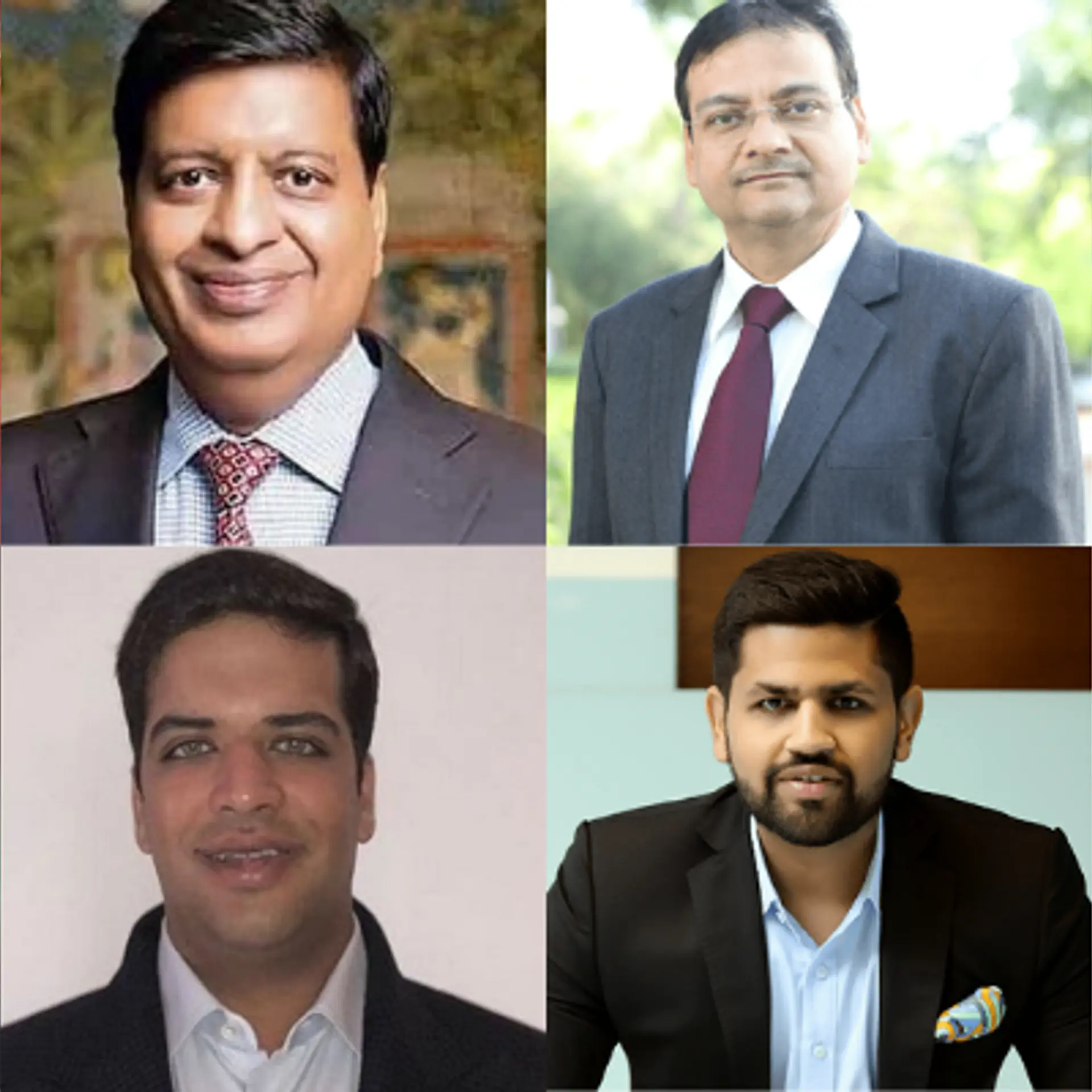To promote ‘rurban living’, this architect built a community living real estate business that clocked Rs 40 crore turnover last year
Hyderabad-based Organo was founded by Nagesh Battula, Vijaya Durga, and Rajendra Kumar. The company keeps people, profits, and the planet at the helm of all its activities.
With professionals and employees locked indoors due to the restrictions arising out of the COVID-19 pandemic, working from home became one of the foremost trends last year. Though remote working had existed even in the pre-pandemic era, COVID-19 turned things around and forced offices to adapt to the new trend.
It is something that many people, especially those living in metropolitan cities, rely on to escape the hustle-bustle of city life.
This trend of people living and working outside the city was noticed by two architects – Nagesh Battula and Vijaya Durga, who endeavoured to tap into it. They were later joined by Rajendra Kumar. The three of them founded Organo, a community living real estate business which follows a triple bottom line business model that keeps people, profits and planet at the helm of all its activities.
The business which is located at Aziz Nagar, on the outskirts of Hyderabad, clocked a turnover of Rs 40 crore in the last fiscal year.
SMBStory spoke to Nagesh, Founder and Managing Director of Organo, to understand the ins and outs of the business.
Edited excerpts from the interview-
SMBStory [SMBS]: You are an architect by profession. How did you get into the business?
Nagesh Battula [NB]: I have been practising architecture for the past 25 years now. After completing my studies from Sanjay Gandhi Memorial Government Polytechnic College from Telangana, I worked at a few places and then started my own firm at the age of 21. My other co-founder, Vijaya Durga, has been there with me from the beginning.
We started a proprietary firm called Fountainhead Design Group (FHD). Under FHD, we would initially design small houses. Gradually, we got into bigger projects like urban design, interiors, master planning etc, and it became a Private Limited company some 16-17 years ago.
We also started Metaphor under FHD in the 2011. While FHD is only for consulting, Metaphor provides turnkey solutions to the projects that come under FHD.
The third co-founder Rajendra Kumar joined the business 12 years ago.

SMBS: How did you come up with the idea of Organo?
NB: So, we were doing a lot of green projects under FHD, with buildings or houses built keeping sustainability in mind. This got us thinking about whether we could introduce agriculture as a part of such projects. However, the challenge was that the developers were not convinced to invest so much in sustainable development projects. They wanted to do something which is proven and bankable immediately.
In addition, there were other challenges like the separation of Andhra Pradesh and Telangana into different states. The real estate sector had taken a hit and banks also were not ready to lend us. Luckily, we got land of 20 acres and we added another 17.5 acres to it. With Rs 5 crore invested from our own pockets, we started Organo in 2013-2014.
We had to struggle a lot in the initial years. Now, when we look back, we empathise with the developers because putting all these sustainable development factors is not simple.
SMBS: What is the business model of Organo?
NB: It is a Triple Bottom Line business model wherein people, planet, and profits play an equally important role in the overall business strategy. The residents of Organo Naandi take up natural farming. They can work, play, and relax, all within the realm of the ‘second-home experience.’ We also have solar rooftops, natural swimming pools, a gaushala, etc. Our focus is on promoting 'rurban living' (combining rural and urban ways of living).
You have to buy and own a house at Organo. It is a strictly closed community of people and not an investment tool.

SMBS: How many people are residing in the Organo community?
NB: The area is over 37.5 acres, and we have around 73 homes. In the pre-COVID-19 era, around 33 people were residing in the community, and the number has grown to 50 families. These families are living here full-time. The other 12 owners stay at Organo only during the weekends. The average price of each house is Rs 2.5 crore.
SMBS: Which group did you target for this project?
NB: Our target, since the beginning, has been rich and upper-middle-class people. We have also tried to involve some environmentalists in the project, like Dr Biksham Gujja (who also owns a home at Organo). Some of the people currently living at Organo Naandi include badminton player Jwala Gutta and her family; producer of Prabhas-starrer Bahubali – Prasad Devineni; Prasad Menon, former Managing Director of Tata Power; Padma Shri awardee and musician Shobha Raju; among others.
SMBS: How are you balancing your expenses, profits and the goal of sustainable living? Also, how are you ensuring that people don’t use these properties as investment avenues?
NB: We ensure that our profit margin should not exceed 25 percent. But this 25 percent is our right. Our expenses include the solar photovoltaic systems, taxes, marketing, the land cost is around 11 percent, consultancies, water security systems, dairy, agriculture, etc.
Also, we do not speculate on land prices. We take the cost of the land as the cost of raw material, and don’t appreciate the value of the property. Whenever people come to us for queries, we communicate this clearly. Also, no construction is allowed and the plot of land is not available for sale.
Even when it comes to resale, unless all people sign a contract, the billing for resale does not take place.
SMBS: There are similar projects in the market including the Ambi Valley, Auramah Valley etc operating on a methodology similar to yours. What is the key differentiator?
NB: When it comes to Ambi Valley, they are basically a holiday home; we are not. We are not a resort. We develop only 'rurban' eco-habitats with a triple bottom line business model.
SMBS: Going forward, what are your plans?
NB: We are targeting 5 percent of the market share of south India by 2025. Our calculations further reveal that to achieve this, we need to have 1,800 acres of land which requires an investment of Rs 900 crore. We are on the verge of closing two properties in Hyderabad and looking to close one in the north of Bengaluru.
Also, we are not exploring the north Indian market at the moment. We want to first do justice to our projects in South India.
Edited by Kanishk Singh








-with-the-team.png?mode=crop&crop=faces&ar=1%3A1&format=auto&w=1920&q=75)
